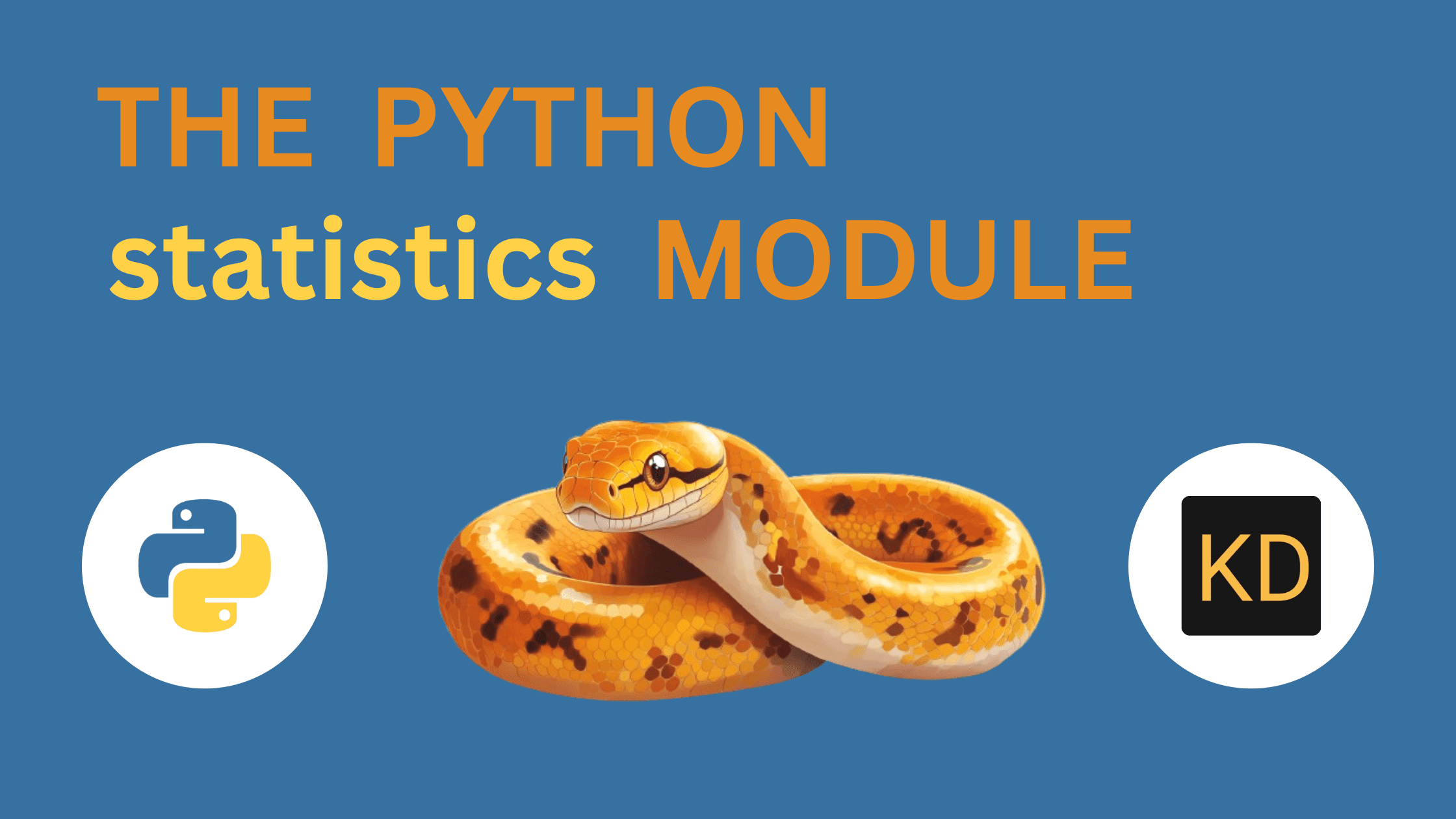Increasing Global Developer Coverage for Open-Source Organizations: with Docker and PostgreSQL
Open-source projects thrive on community contributions, but one of the biggest barriers for new contributors is setting up a local development environment. With varying tech stacks, computer usage limits, and dependency overhead, how can open-source projects provide a one-size-fits-all setup? Recently, I addressed these challenges for a free, open-source, privacy-first therapy application called Bloom. After containerizing the application with Docker, contributors were still required to host PostgreSQL data locally. While this approach was practical for backend development, it posed challenges for frontend contributors, as PostgreSQL hosting was necessary to run integration tests. To attract talented contributors, it became essential to minimize dependency overhead and align development requirements with the needs of developers. Additionally, offering flexible solutions to accommodate diverse computing capabilities was prioritized to help expand global developer accessibility. Here’s how it worked, and the impact it made

Open-source projects thrive on community contributions, but one of the biggest barriers for new contributors is setting up a local development environment. With varying tech stacks, computer usage limits, and dependency overhead, how can open-source projects provide a one-size-fits-all setup?
Recently, I addressed these challenges for a free, open-source, privacy-first therapy application called Bloom. After containerizing the application with Docker, contributors were still required to host PostgreSQL data locally. While this approach was practical for backend development, it posed challenges for frontend contributors, as PostgreSQL hosting was necessary to run integration tests. To attract talented contributors, it became essential to minimize dependency overhead and align development requirements with the needs of developers. Additionally, offering flexible solutions to accommodate diverse computing capabilities was prioritized to help expand global developer accessibility.
Here’s how it worked, and the impact it made
What's Your Reaction?


























